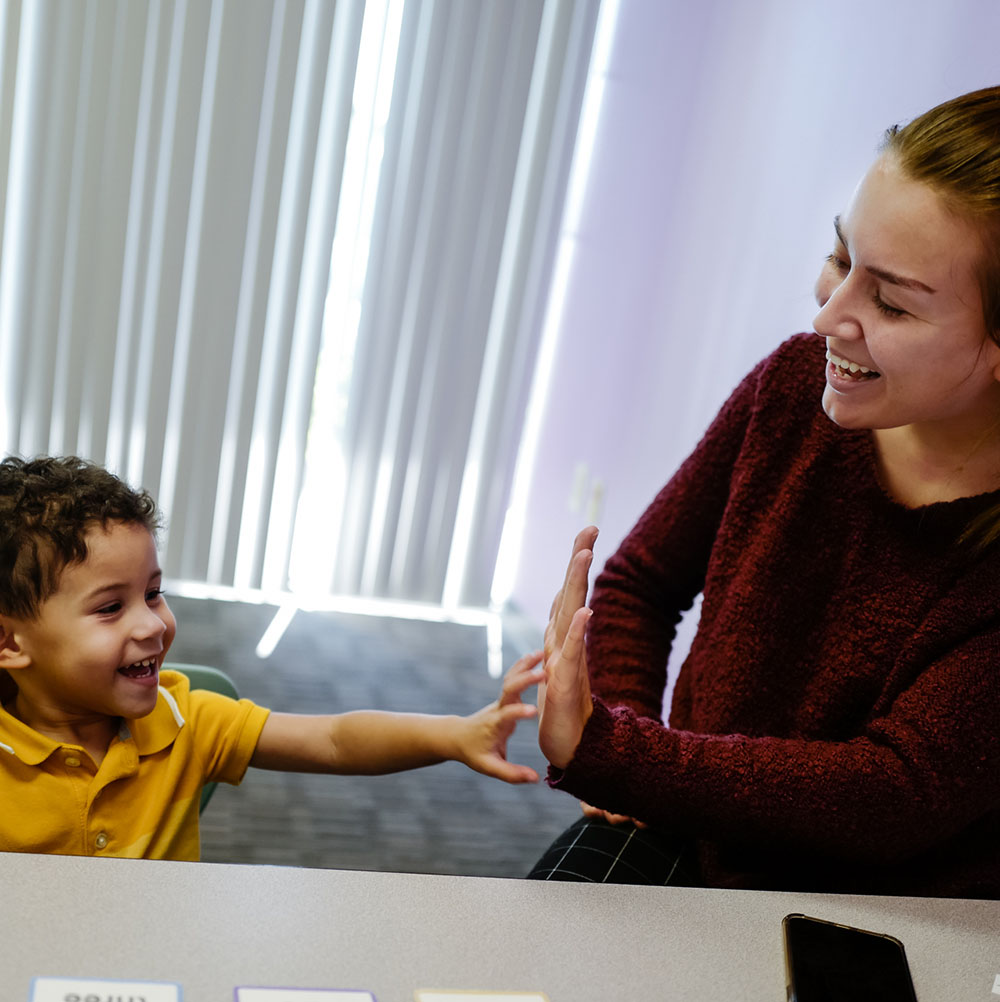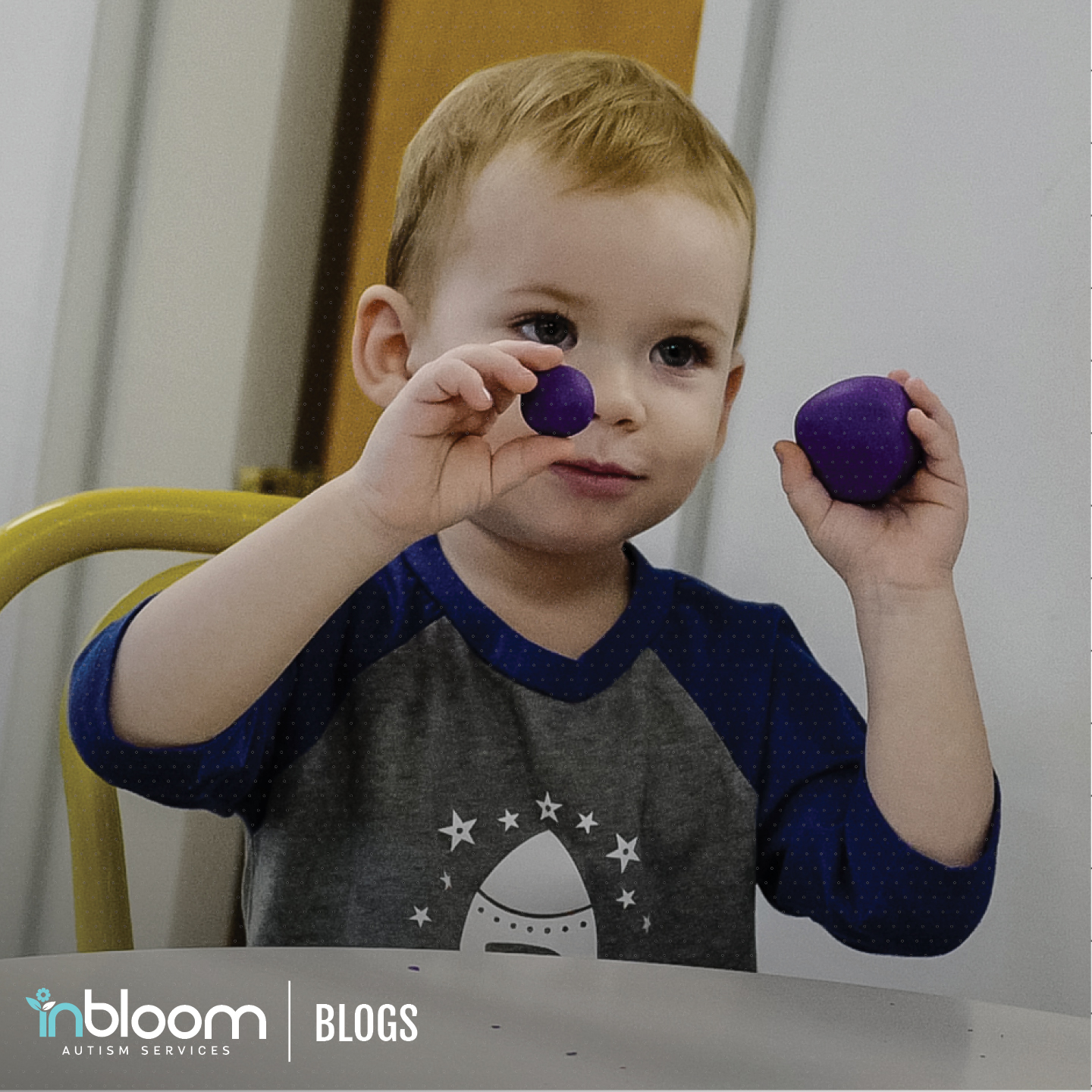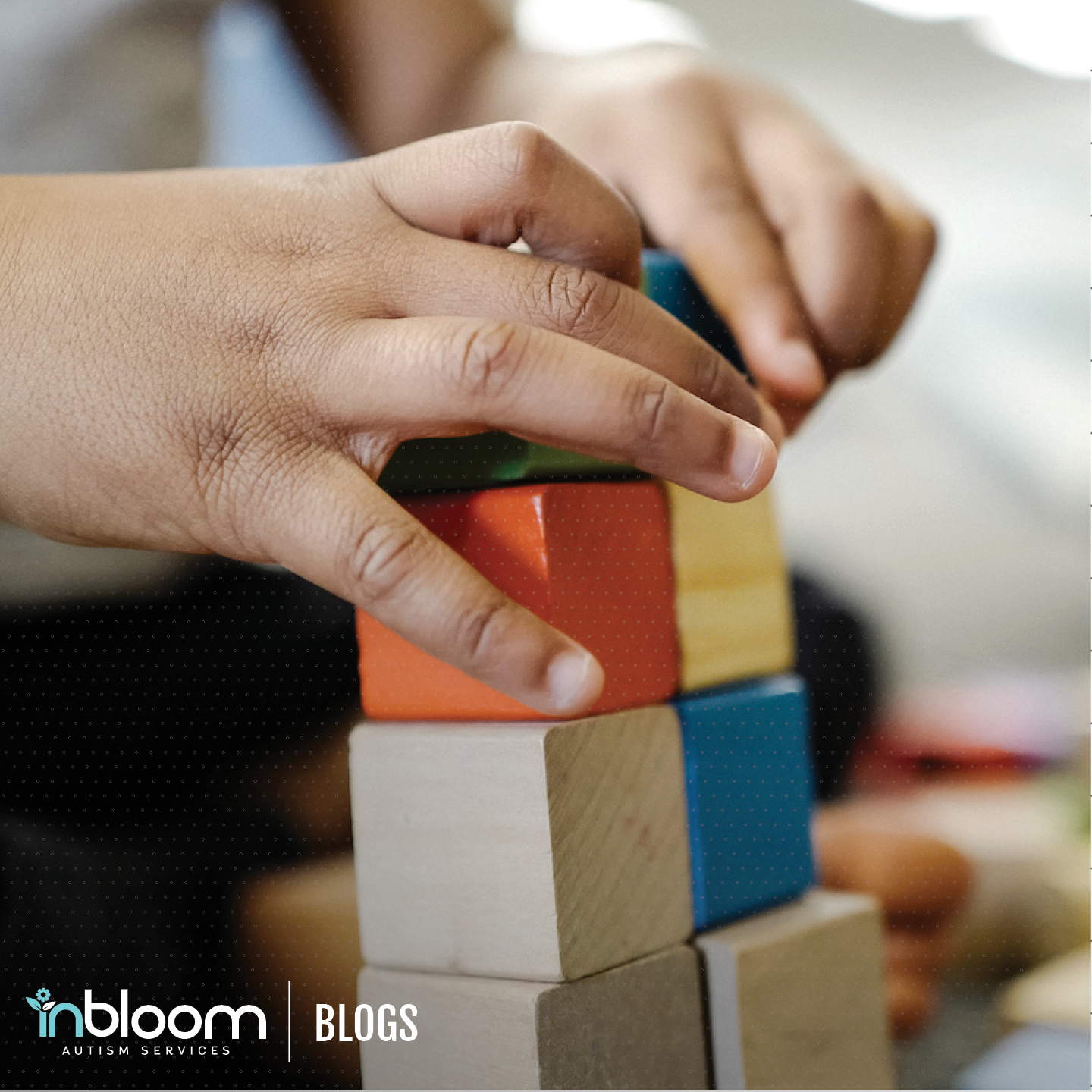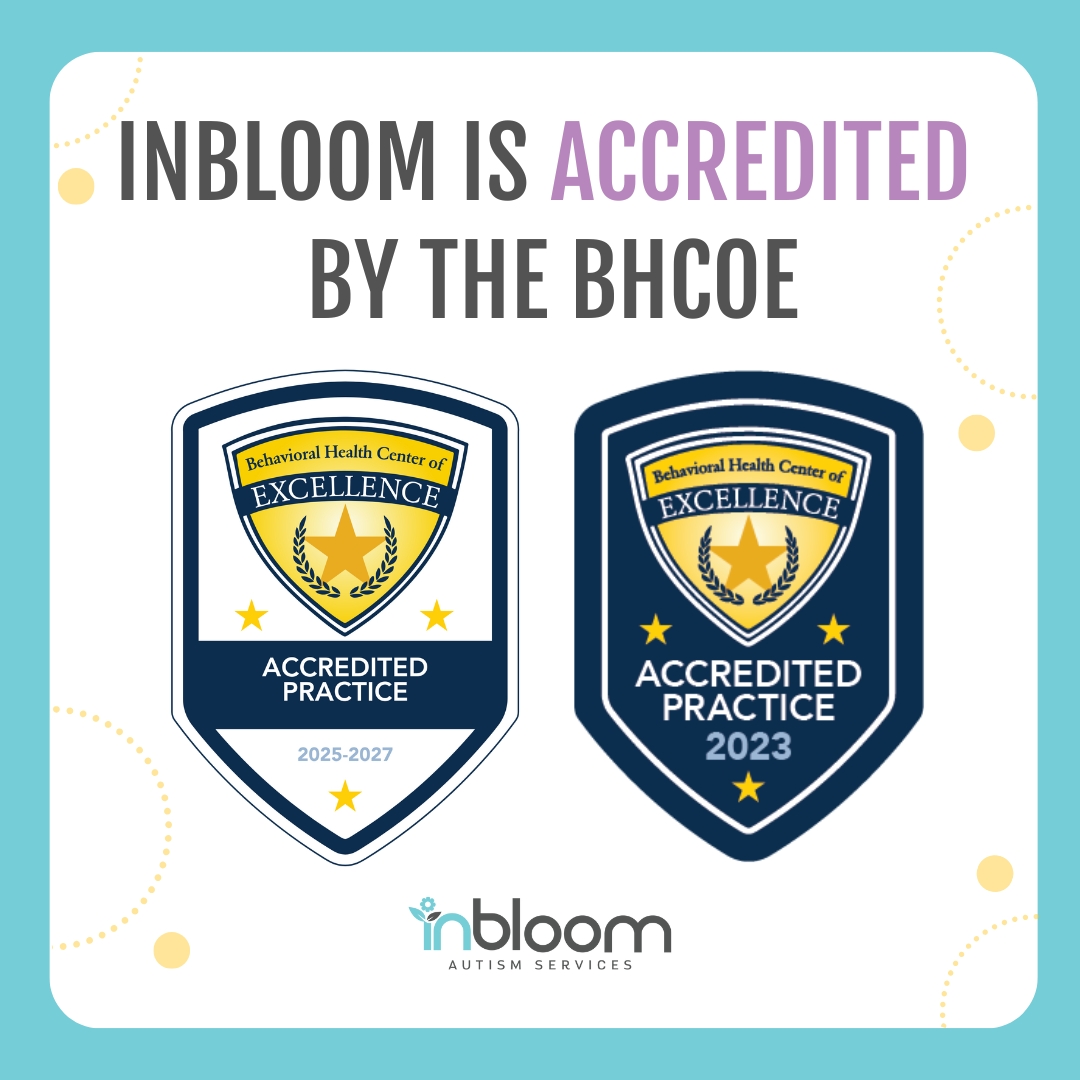Types of ABA Therapy and Techniques
Applied Behavior Analysis (ABA) therapy includes a wide range of proven methods that help children with autism learn new skills, improve communication, and build independence.
At InBloom Autism Services, our clinicians use individualized ABA techniques tailored to your child’s strengths, challenges, and goals, creating a compassionate, play-based environment where every child can bloom through motivation, collaboration, and effort.
Each ABA approach plays a unique role in helping children ages 18 months to 5 years thrive in our learning centers.
Below, you’ll explore the different types of ABA therapy and how these evidence-based strategies come together to create meaningful growth.

What are the different types of ABA therapy?
ABA therapy isn’t a single method; it’s a collection of research-backed techniques that target specific areas of development, such as language, social interaction, or emotional regulation.
At InBloom Autism Services, Board-Certified Behavior Analysts (BCBAs) design treatment plans that blend structured teaching, natural play, and positive reinforcement to help children reach their potential. Every program evolves alongside your child to ensure continued progress and engagement.

Common ABA therapy techniques
Common ABA therapy techniques
At InBloom, our therapists use a combination of individualized and play-based approaches to help children learn and blossom.
Each technique below represents a core element of the ABA framework and links to an in-depth page for families who want to explore each method further.
How InBloom customizes ABA techniques
for each child
Every child learns differently, and at InBloom Autism Services, therapy is never one-size-fits-all.
Our BCBAs create individualized plans that combine multiple ABA techniques to meet each child’s developmental goals.
Therapy sessions are designed to be fun, consistent, and structured, blending science with play to keep children motivated and engaged.
Families are also key partners in this process, receiving ongoing updates and strategies to support progress at home.
Start ABA therapy with InBloom Autism Services
If you’re ready to help your child learn, grow, and bloom, our team is here to guide you.
At InBloom Autism Services, we combine compassionate care, proven techniques, and individualized support to help children achieve meaningful milestones—one small victory at a time.
Contact our team today to learn more about how ABA therapy can make a lasting difference for your family.








